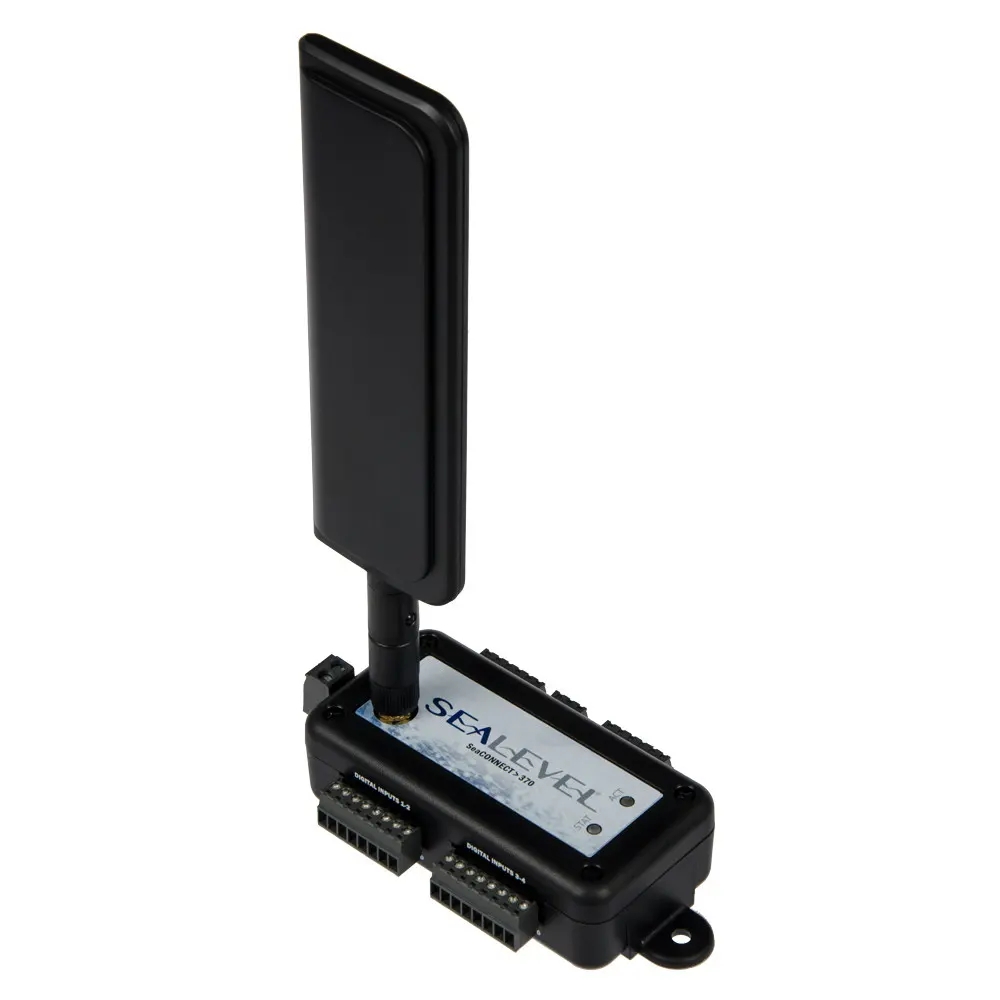Encouraging Agricultural Innovation with Agritech

The Agricultural Revolution in the 18th century began when increasing economic pressure resulted in a need to improve traditional farming techniques. An essential prelude to the Industrial Revolution, the second Agricultural Revolution introduced crop-rotation systems, selective breeding and new technologies. Post-Industrial Revolution, the third Agricultural Revolution introduced major innovations, especially in irrigation systems, hybridization and the use of pesticides and fertilizers. Building on these advances in agriculture, modern agribusiness is entering a new revolution. Driven by advancements in autonomous vehicles, blockchain-based technology, precision agriculture and hydroponic farming, the current movement is not only optimizing agricultural practices to feed a growing world population but minimizing the burden of manual labor.
Autonomous Technology
Amidst a significant labor shortage in the United States, farmers and agribusiness stakeholders are taking a big hit. With agricultural workers being among the most vital contributors to the U.S. GDP, farmers, both large and small, are exploring opportunities to invest in autonomous solutions. Robots, autonomous tractors and drones are some of the available solutions that could alleviate the increasing labor shortage. For example, the Agrobot uses artificial intelligence to automate the harvesting, packaging, boxing and sorting of crops. Agronomists can program the Agrobot to assess agricultural efficiency by monitoring harvest data, weather statistics, satellite data and production data.
Another growing opportunity for farmers to increase efficiency is by implementing autonomous tractors and drones. Directed by GPS, autonomous tractors allow precision plowing, sowing and harvesting. Autonomous drone solutions can further alleviate labor woes and improve agricultural efficiency by allowing farmers to remotely spray fields with fertilizer and pesticides. Drone technology also enables farmers to monitor crop growth, manage livestock and analyze soil health.
Blockchain for Agriculture
Another technology-based solution that has the potential to revolutionize modern agriculture is blockchain. Working as a secure electronic ledger for accounts and transactions, blockchain brings a form of transparency to the supply chain. Specifically, food origin tracking focuses on food traceability. For example, if a food-borne illness were to occur, a company could trace that illness back to the source. This allows for agricultural companies to act quicker during an outbreak and in turn salvage crops and improve brand credibility. With blockchain, companies can efficiently catch fraudulent materials and prevent raw material adulteration within the supply chain. And by implementing blockchain and relying on IoT, companies are able to better navigate the supply chain. These processes enable companies to embrace transparency within the blockchain and provide significant modernization opportunities for the agricultural industry.
Precision Agriculture
The new revolution is providing farmers with solutions in precision agriculture technology. Precision agriculture refers to a farm management method that utilizes analytics to determine crops and soil needs. By collecting soil samples, farmers can use precision agriculture technology to analyze farmland and use GPS coordinates to create a geofence. A geofence establishes information on a map to determine soil nitrate levels, soil types and pH readings. From there, the farmer can tailor treatment to specific plots of farmland. Precision agriculture technologies can also be implemented in existing light bar solutions. Light bar solutions serve as a guidance system for machines preparing soil and applying herbicides, fertilizer and correctives. With precision agriculture, farmers can apply treatment where it is necessary, further improving crop yields and reducing labor costs.
Hydroponic Farming
Hydroponic farming has the potential to maximize agricultural efficiency by biological solutions to the agriculture industry. By using mineral nutrient treatments in an aqueous solution, hydroponic farming allows for crops to grow without being planted in soil. Freshwater, oxygen, root support, nutrient and light are all essential parts of a hydroponic system. Hydroponic farmers often use materials such as rock wool, peat moss and perlite for crop root structures. Vertical Roots, a Charleston-based startup, is advancing technology by creating the largest hydroponic container farm in the United States. In a world increasingly disrupted by climate change, the hydroponic farming model is providing the capability for resource-limited communities to weather climate problems and produce the necessary crop yields year-round.
Since the transition from hunter-gatherers to an agriculture-first lifestyle, maximizing farming productivity has been the driver in all agricultural revolutions. Just as with past movements, introducing these technologies will undoubtedly transform agriculture, improving crop yields while at the same time, cutting production costs.

A major U.S. city reached out to Sealevel looking to build multiple urban farms using a hydroponic system. See the IIoT solution that helped them reduce water consumption and increase crop yields.
Categories:
